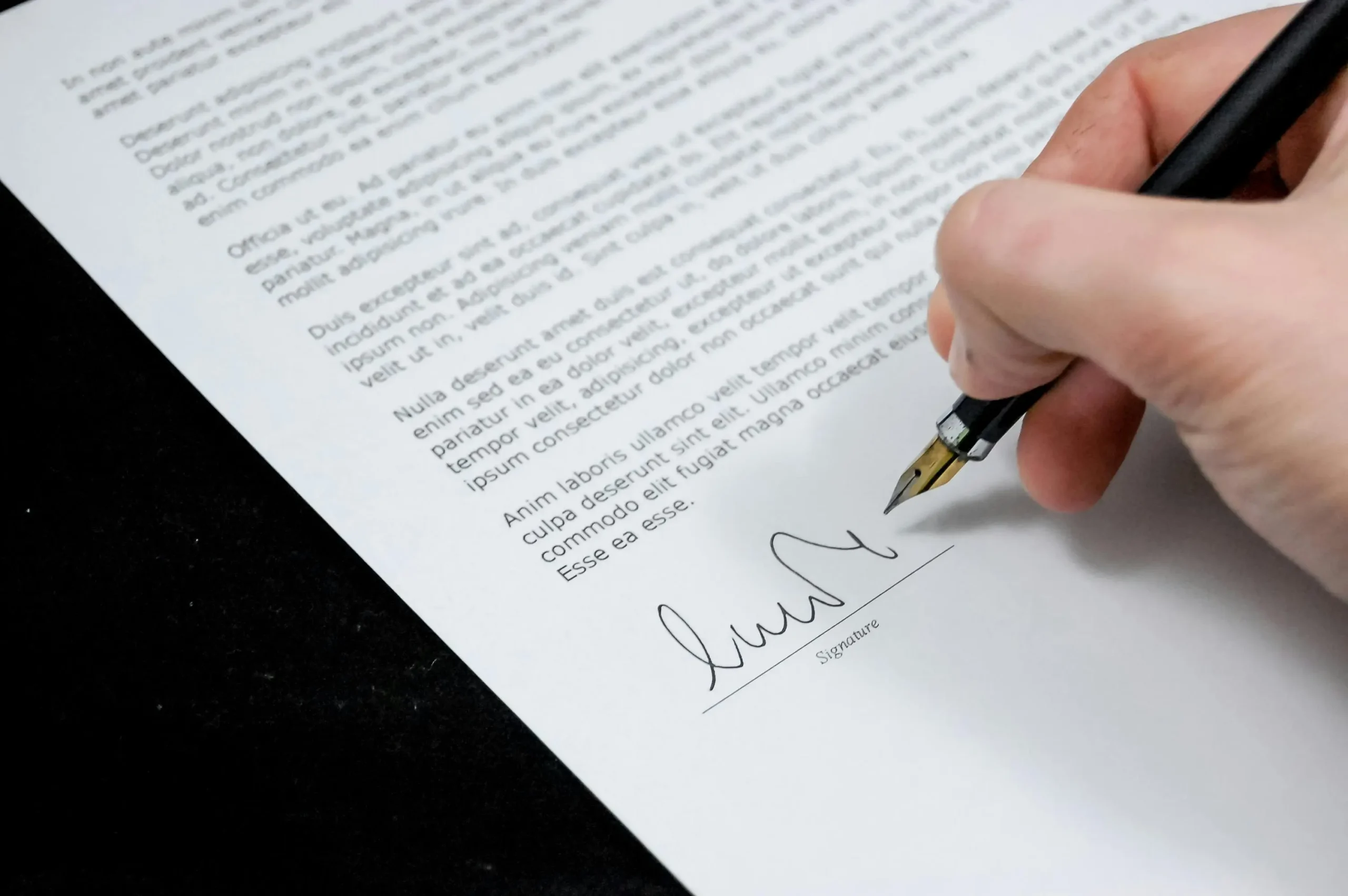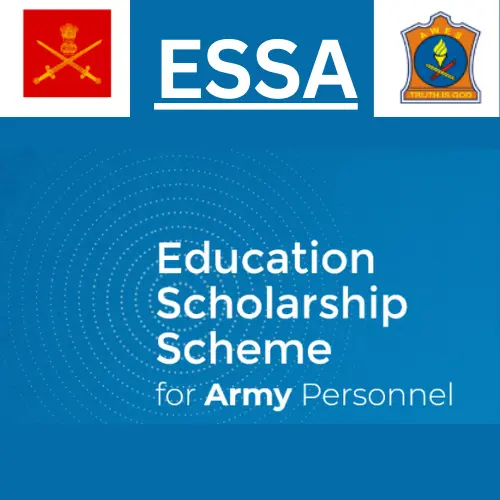
When a pensioner passes away, it can be an emotionally overwhelming time for the family. Amidst the grief, it’s essential to manage certain legal and financial matters to ensure that the rights and benefits due to the family are preserved. This guide is meant to assist the spouse or next of kin with the necessary steps that need to be taken after the death of a pensioner. It covers crucial tasks such as reporting the death, obtaining important certificates, informing the relevant authorities, handling pensions and insurance claims, and managing the transfer of assets. By following these steps, the process can be more manageable, and the family’s financial stability can be maintained during this difficult time.
Meaning of Next of Kin (NOK):
“Next of Kin” (NOK) refers to the closest family member or relative designated to handle the personal affairs of the service/retired member in case of their death or incapacitation. This person is usually responsible for receiving notifications, handling legal and financial matters, and managing any benefits or entitlements due to the service member.
1. Reporting the Death
In the unfortunate event that the death is due to an accident or any unnatural cause, the first step is to report it to the nearest police station. This is crucial to ensure that the incident is officially recorded. In such cases, it is also advisable to request an autopsy, which can help establish the accurate cause of death. This medical procedure can be particularly important if any legal or insurance claims are involved.
2. Obtaining the Medical Certificate
The next important step is to obtain the medical certificate that specifies the cause of death. This document must be provided by the hospital where the death occurred or by an authorized medical practitioner. It is essential to secure at least two ink-signed copies of this certificate as they will be required for various official purposes, including applying for the death certificate and processing insurance claims.
3. Applying for the Death Certificate
The death certificate is one of the most important documents that the family will need. It should be applied for within 15 days of the pensioner’s death. The local municipal authority or the registrar of births and deaths is usually responsible for issuing this certificate. It is advisable to obtain around 15-20 attested photocopies of the death certificate. These copies, attested by a Class I officer, will be needed for various administrative tasks such as updating records, closing accounts, and transferring property.
4. Applying for ADLRS (ASSURED DECENT LAST RIGHT SCHEME)
When a veteran passes away, their Next of Kin (NOK) is eligible to receive Rs 10,000 under the Assured Decent Last Rites Scheme (ADLRS). To get this, the veteran should have been registered with the dependent canteen. There is no strict time limit, but the NOK should apply within a month after receiving the death certificate. To apply, the NOK must bring the canteen smart card and the death certificate to the canteen manager. The Amount varies for Tri services as follows :
- Army – ₹10,000/- under arrangements of Station HQ from Dependent CSD.
- Navy – ₹40,000/- paid by Indian Navy Benevolent Fund (INBF)
- Air Force – ₹7,500/- paid under arrangements of Air Force Association (AFA) / nearest Air Force Station. In addition, ₹15,000/- by IAFBA paid through the local Air Force Unit / AFA.

Click here to read in detail about ADLRS (ASSURED DECENT LAST RIGHT SCHEME)
5. Notifying the Pension Disbursing Authority (PDA)/Bank (For those who have not Migrated to SPARSH)
Once the death certificate is obtained, it is important to inform the pension disbursing authority or the bank where the pension was being credited. The bank should be notified of the pensioner’s demise, and a request should be made to discontinue the pension payments. At the same time, the family should initiate the process for starting the family pension for the spouse or next of kin.
This notification should include the ink-signed death certificate, a copy of the original Pension Payment Order (PPO), and a joint photograph of the pensioner and spouse/next of kin. It’s also a good practice to keep a joint bank account with the spouse or next of kin and make nominations for any lifetime arrears at the bank.
6. Applying for Family Pension
To process the family pension, the spouse or next of kin must apply to the relevant Record Office/ MP-5/ PAO (OR)/SPARSH enclosing the ink-signed copy of the death certificate. This application formally requests the processing of the family pension in the name of the eligible family member, ensuring that the pension benefits continue without unnecessary delays.
7. Initiate Family Pension through SPARSH
To initiate family pension through SPARSH, follow these steps:
- Log in: Use your SPARSH login ID and password to access your account.
- Navigate: Go to Services > Report Event > Initiate Family Pension.
- Enter Details: Provide the necessary information, such as the deceased pensioner’s name, your relationship to them, and their date of death.
- Upload Documents: Submit the required documents, including the death certificate, family pension certificate, and bank account details.
- Submit Request: Complete the process by submitting the request. Don’t forget to save the reference number for future use.
This will help you claim your family pension smoothly through SPARSH.
8. Informing the Army Group Insurance Fund (AGIF)
If the pensioner was a member of the Army Group Insurance Fund (AGIF), the spouse or next of kin should write to the AGIF to claim any Extended life insurance benefits. A sample application is often available, which can be used to streamline this process. The insurance claim should be supported with all necessary documents, including the death certificate and any other required identification or policy information.
9. Claiming Insurance from the Bank
For pensioners with a Defence Salary Package (DSP) account, the spouse or next of kin should approach the bank to claim any insurance benefits associated with the account. Additionally, if the deceased had any other insurance policies, the family should contact those insurance companies to claim the due amounts. It is also a good time to close any fixed deposits or other financial instruments in the name of the deceased to prevent any misuse or complications later.
Note: To successfully claim the insurance on a DSP account, it is mandatory to convert the account from DSP-Salary to DSP-Pension, Failure to complete this conversion will lead to the claim being rejected.

10. Closing/Transferring the Closing Balance
The spouse or next of kin should write to all banks where the pensioner held accounts, requesting the transfer of any closing balances to their account. It is important to provide the bank with the necessary documentation, including the death certificate and the address and account number of the recipient. This step ensures that all financial assets are transferred smoothly and that the family retains control over the pensioner’s funds.
11. Handling Identity/CSD/ECHS Cards
The deceased pensioner’s Identity Card, CSD Cards, and ECHS cards must be returned to the nearest Station Headquarters or concerning Zila Sainik Board (ZSB) for disposal. In return, the spouse or next of kin should apply for their own identity and CSD cards to continue receiving the benefits associated with these cards. It is crucial to submit all these cards with an application and obtain a receipt to avoid any potential misuse.
12. Transferring Vehicle/Arms/Property
The spouse or next of kin must contact the relevant agencies to transfer ownership of any movable or immovable property, vehicles, or arms to their name. This step is essential to ensure that all assets are legally transferred to the rightful heir and to avoid any disputes or legal issues in the future.
13. Informing the Income Tax Department and Other Authorities
The family should inform the Income Tax Department of the pensioner’s death to close their income tax file. Subsequently, a new income tax file should be opened in the name of the spouse or next of kin, quoting both the deceased’s and the heir’s PAN numbers. Additionally, the municipal authorities should be notified to close the property case file of the deceased and to update the records in the name of the spouse or next of kin.
14. Obtaining a Succession Certificate or Probate of Will
If the deceased left a will, the family should approach the district courts to obtain a probate of the will. If there is no will, a succession certificate must be obtained from the district judge. These legal documents are necessary to establish the legal heirs and facilitate the transfer of property and assets.

Conclusion
By carefully following the steps outlined in this guide, spouses or next of kin can efficiently manage the various legal and financial responsibilities that arise after a pensioner’s death. These steps ensure that all necessary certificates are obtained, pensions and insurance matters are properly handled, and all relevant authorities are informed. This process not only protects the family’s rights and benefits but also helps in smoothly transferring accounts and property, ensuring that everything is in order during this challenging time.
Want to get Daily Updates on post-retirement Affairs Click here to join Our WhatsApp Group






[…] MUST READ: Advisory for Spouse/Next of kin after pensioner’s death […]
[…] ALSO READ l ADVISORY FOR SPOUSE/NEXT OF KIN AFTER PENSIONER’S DEATH […]
Could we have a downloaded copy for print and easy reference for NOK
Dear Sirr, don’t you think it’s an impossible job for the veteran, who has no one for an immediate assistance for the deceased widow at this crucial time, till she receives her 1st family pension? Is there any one who can assist/ensure completing all these formalities? The widow & relatives are not familiar of our procedures? This may hear cheap, but many veterans must be facing this.May be I’m not aware of if is there any dept/section who can assist during this critical time to the bereaved family..Rgds
YES SIR WILL PROVIDE YOU SOON
Dear Sirr, don’t you think it’s an impossible job for the veteran, who has no one for an immediate assistance for the deceased widow at this crucial time, till she receives her 1st family pension? Is there any one who can assist/ensure completing all these formalities? The widow & relatives are not familiar of our procedures? This may hear cheap, but many veterans must be facing this.May be I’m not aware of if is there any dept/section who can assist during this critical time to the bereaved family..Rgds
Dear Ma’am/Sir, Thanks for your excellent updates. Kindly advice- It’s fact that after death of an ESM, maximum %ges of spouses can’t handle it. Also the NOK is not familiar with our defence systems and procedures. How can it be as simple as possible for the spouse/ widow to receive her 1st pension asap for her daily livings? There must be some dept./person nominated to help the widow at this time of distress. Also the concerned sections i.g . Sparsh, CSD, ZSB, Record Off, ECHS etc. must cooperate without harassing the widow/NOK. There must be a letter/circular for all concerned to ensure extreme cooperation in this regard. I saw widows are still struggling for months to receive their 1st pension..Jay Hind!
Rgds,